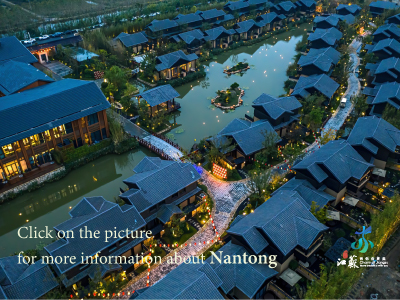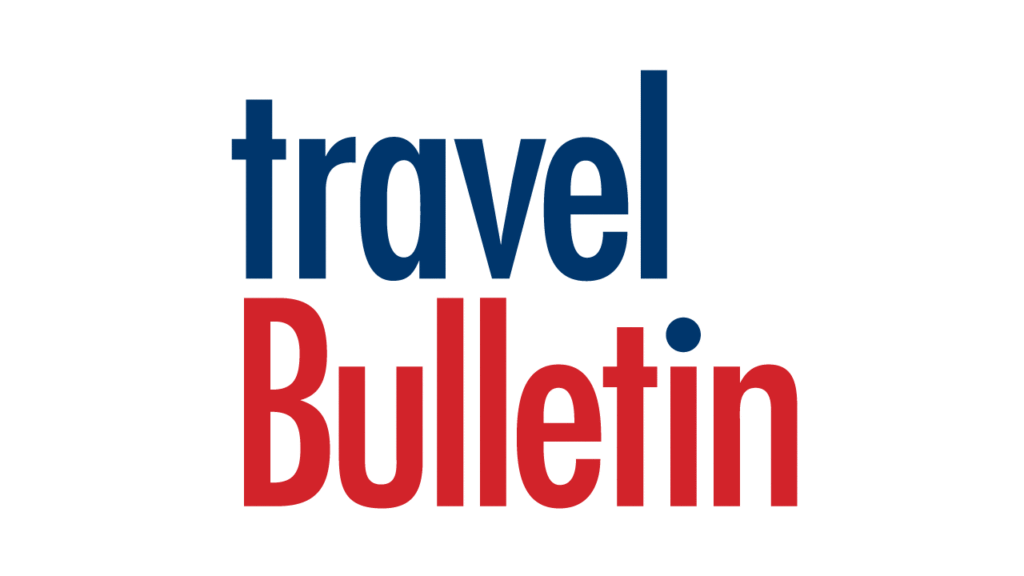Hotel supply has long been a prickly topic in Australia.
It made headlines back in the early 1990s when investors were throwing cash at new developments, and again in the 2000s when Sydney was swamped with new properties ahead of the Olympic Games. And as Australian visitor arrivals continue to trump previous records while new hotel developments make modest gains, accommodation shortfalls are again making headlines.
Industry groups such as the Tourism and Transport Forum and Australian Tourism Export Council have been waxing lyrical about the effects of inadequate room supply for years, warning that it will tarnish Australia’s appeal among global markets and see room rates reach catastrophic levels. Their concerns are not unfounded with the latest Hotel Price Index showing that room rates are on the rise – now averaging around $177 a night Australia wide.
According to the latest Deloitte Tourism and Hotel Market Outlook report, occupancies posted a new high of 68% nationwide in 2014, marking a 2.2% jump on the previous year. Sydney took the podium with an average 87% occupancy rate last year followed closely by 86% in Melbourne, while Hobart and Adelaide both posted 4% gains on occupancies over the past 12 months.
With 75 new hotel developments in the pipeline over the next three years, supply is making headway. But Deloitte forecast that national demand for hotel rooms will grow at double the pace of supply to December 2017, pushing nationwide occupancies to above 70% in the next few years.
There is no debate as to whether more supply is needed and experts are unanimous in their agreement that demand is outpacing supply. But just how much is a point of discussion.
Accommodation Australia claims that 500 rooms per year until 2020 will be sufficient to meet demand without tipping the boom and bust effect of the 2000s, while estimates of up to 1800 rooms per year have also made the rounds. Trade and Investment Minister Andrew Robb also told the Destination Australia conference in March that Australia needs 80 more five- and six-star hotels and “iconic resorts” to cater for an expected 10% annual increase in international tourists over the next five years.
But Accor Pacific chief operating officer Simon McGrath says the numbers debate plays second fiddle to the timing of new hotel developments. “There have been many roving figures about the amount of new stock required, and while the need for a big number of new hotel rooms is clear, we need a slow drip feed of stock rather than a balloon all at once,” he told travelBulletin.
Mantra executive director marketing and distribution Kent Davidson agrees that sustained investment is the only way to avoid oversupply which sent hoteliers reeling in the 90s. But it’s an issue that he says demands more information from higher up the chain.
“Supply is very tight and hotels that are coming online are really only meeting the growth in demand – they are not growing capacity,” he told travelBulletin. “In order to make headway we really need more government sanctioned opportunities and more incentives in place surrounding the development of mixed use facilities.”
Market economics are improving on post GFC levels and are now leaning in the favour of investors as visitor numbers grow. As Davidson put it: “There’s money to be made as demand consistently outstrips supply.” And while he says there’s a “long way to go” until supply lines up with demand in CBD locations where occupancies often peak above 90%, the same goes for urban and regional centres.
Quest Apartments chairman Paul Contantinou says urban and regional areas are finding their way onto the radar – not only for corporate travellers who are increasingly doing business outside of the CBD, but also for investors.
“Locational requirements for corporate travellers have changed as they have the capacity to work remotely and away from the CBD, and that’s where the [hotel] demand is,” he told travelBulletin. The same goes for many regional towns which are “underserviced” by quality hotels despite significant population growth, Contantinou added.
While most overseas investors are throwing money behind top end hotels in major cities, Contantinou expects more 3.5 and 4 star properties in outer CBD areas will enter the pipeline in the coming years as market conditions ripen. But with the Australia market often suffering a “lag” as investors wait for someone else to dip their toes into the market, he said it may still be some time until more investors follow suit.
“There is a major untapped segment for the four-star traveller. More properties will emerge but it may be some time until the full potential of regional and urban developments is realised,” he concluded.







